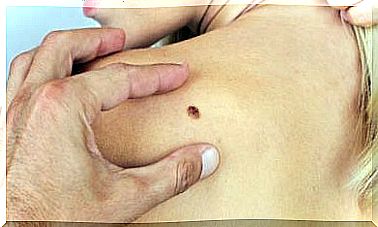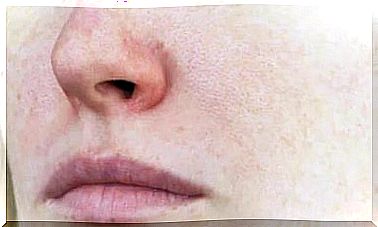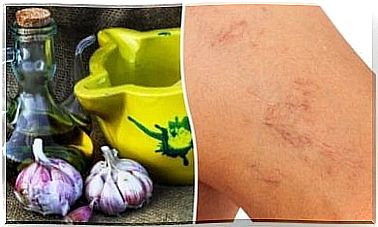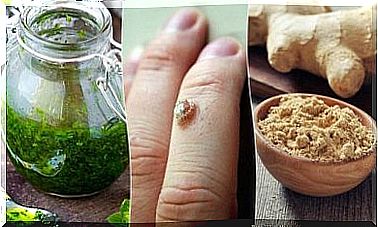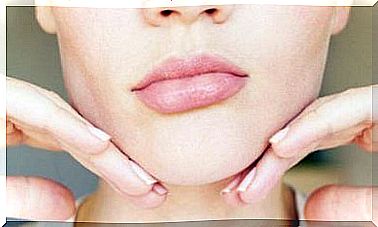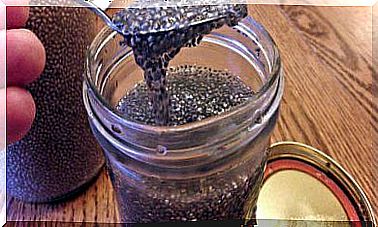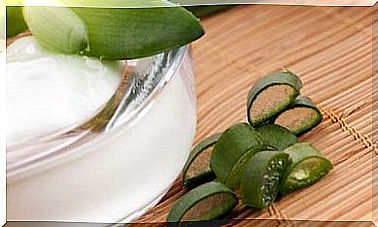Heals Wounds With 3 Incredible Herbs
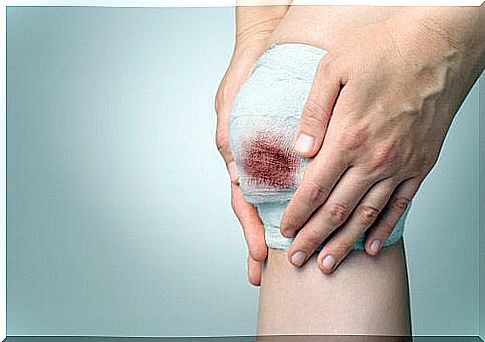
The wise and fascinating nature offers us various wonderful plants that disinfect and heal wounds. These are, of course, not very serious injuries. Bruising, cuts, burns and classic knee scratches (so common among children) can be treated with some effective natural remedies.
It is a good idea to always have the following 3 herbs at hand. But don’t forget that it is important to know which plant is right to fix your current problem, as well as the correct way to use it.
Some wounds can only be treated with specific plants and you should also avoid applying the wrong dose. In today’s article we present 3 medicinal plants that treat and heal wounds.
1. Aloe vera heals wounds
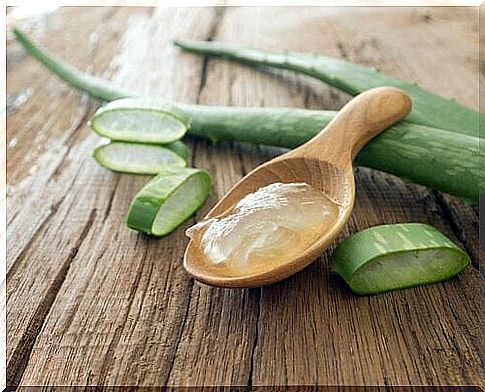
When you apply aloe vera gel to a wound, the effects are incredible. This wonderful plant is useful for treating cuts, burns, irritations and skin inflammation.
The pulp (ie the gel) inside the aloe vera leaves is not just water. This component also contains acidic mucilages, organic salts, enzymes, saponins, tannins, ammonia, vitamins and a wide variety of minerals.
Here’s why aloe vera heals wounds:
- Topical application of aloe vera gel stimulates the body’s collagen production. This process also improves healing and angiogenesis, which involves the formation of new tissue in the wounds.
- Due to the findings of several studies, it is known that aloe vera has a therapeutic effect that reduces both pain and inflammation.
- Aloe vera contains aloe-emodin, an organic compound that fights viruses and bacteria. Due to this, the wounds heal quickly and do not become infected.
Instructions:
An interesting way to take advantage of the properties of aloe vera gel is to freeze it. Follow the steps below:
- Take an aloe vera leaf and, with the help of a knife, cut it in half lengthwise.
- Extract the translucent gel from inside the leaf and place it in an ice cube tray.
- As soon as you fill the tray, put it in the freezer.
- The gel will retain all the properties of the plant while it is frozen. Every time you want to use it, all you have to do is take one of the cubes from the tray. It is very simple!
Aloe vera gel is very useful to relieve bruises and even inflamed varicose veins.
2. Centella asiatica
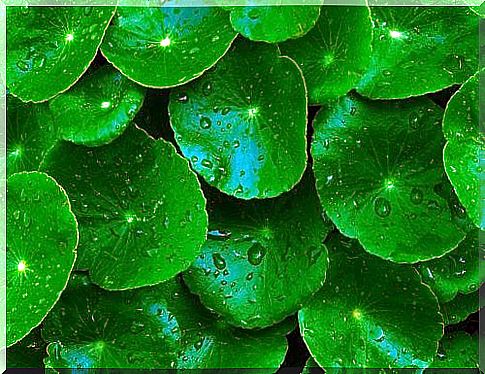
Centella asiatica is a medicinal plant used to treat skin problems such as eczema, psoriasis, blisters, simple burns and even open wounds.
This plant widespread on the Indian subcontinent contains a component that is also found in aloe vera: saponins. Thanks to this compound, Centella asiatica supports healing and can even improve blood circulation, thus stimulating collagen production.
Pharmaceutical companies often include Centella asiatica in various topical treatments. One of the benefits of this ingredient is that it heals wounds after surgery.
Instructions:
You can buy many natural treatments prepared with Centella asiatica from plafare. These products are both effective and safe. Another option is to prepare a compress with this plant. Here’s what you need to do:
- Take some fresh Centella asiatica leaves , grind them and apply them directly to the wound or burn.
- Leave the remedy on for about 20 minutes, then remove it.
- If you apply this treatment for two or three consecutive days, you will get excellent results.
3. Chamomile
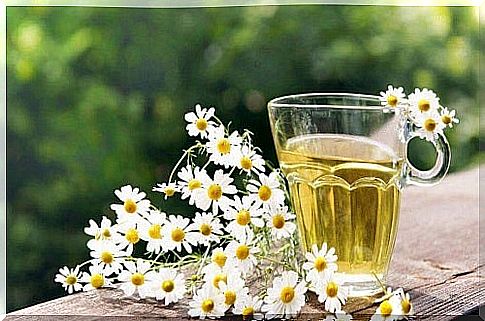
The European Medicines Agency (EMA) approved the use of chamomile for medicinal purposes a few years ago. Applied topically, this plant is very effective in healing wounds, treating eczema and relieving all types of inflammation.
Obviously, consuming chamomile tea will not help you heal cuts and bruises. Although this drink will calm you down and help you rest, chamomile should be applied topically to treat wounds and infections.
Last but not least, one of the biggest advantages of chamomile is its anti-allergic effect. Below we show you how you can take advantage of all these benefits.
Instructions:
The next treatment is very simple. Buy dry chamomile from any ceiling. You can also use sachets of chamomile tea. However, since you cannot be sure that these sachets contain 100% pure chamomile, it is best to buy the leaves of the plant directly from the ceiling.
ingredients
- 1 tablespoon (10 g) of dried chamomile
- ½ cup (100 ml) of water
Method of preparation and application
- Heat the water and, as soon as it reaches boiling point, add the tablespoon of dried chamomile.
- Strain the liquid and set it aside.
- While it is warm, use a cotton swab to apply this medicinal infusion directly to the wound.
- Apply this treatment several times a day. The results obtained will not disappoint you.
Feel free to include the plants featured in this article in your first aid kit!


